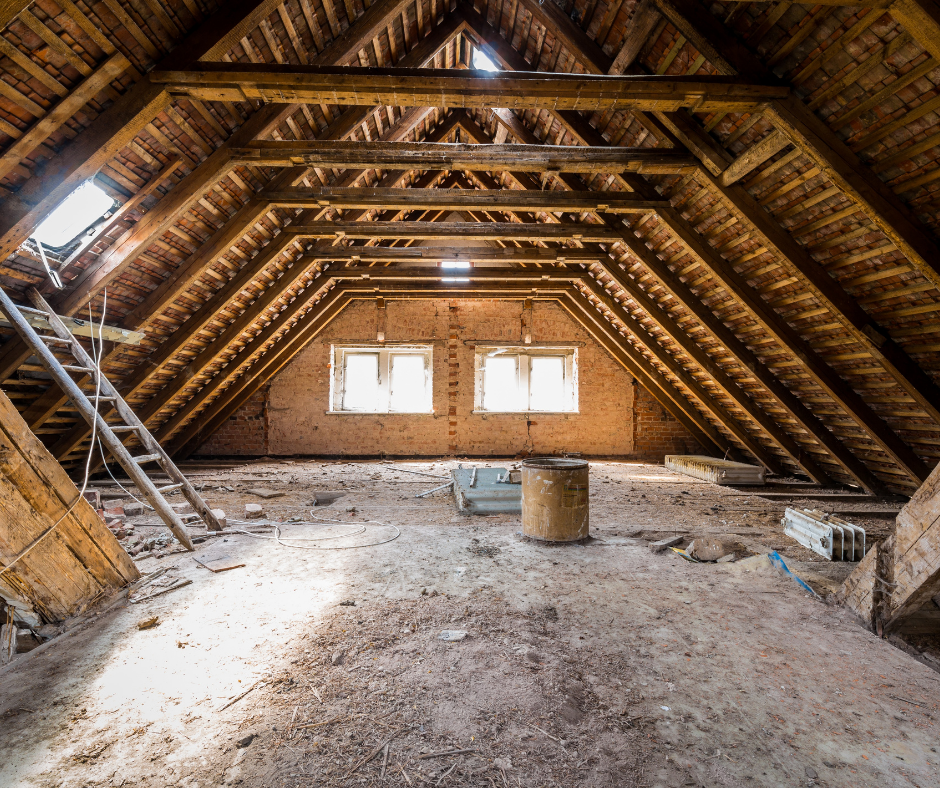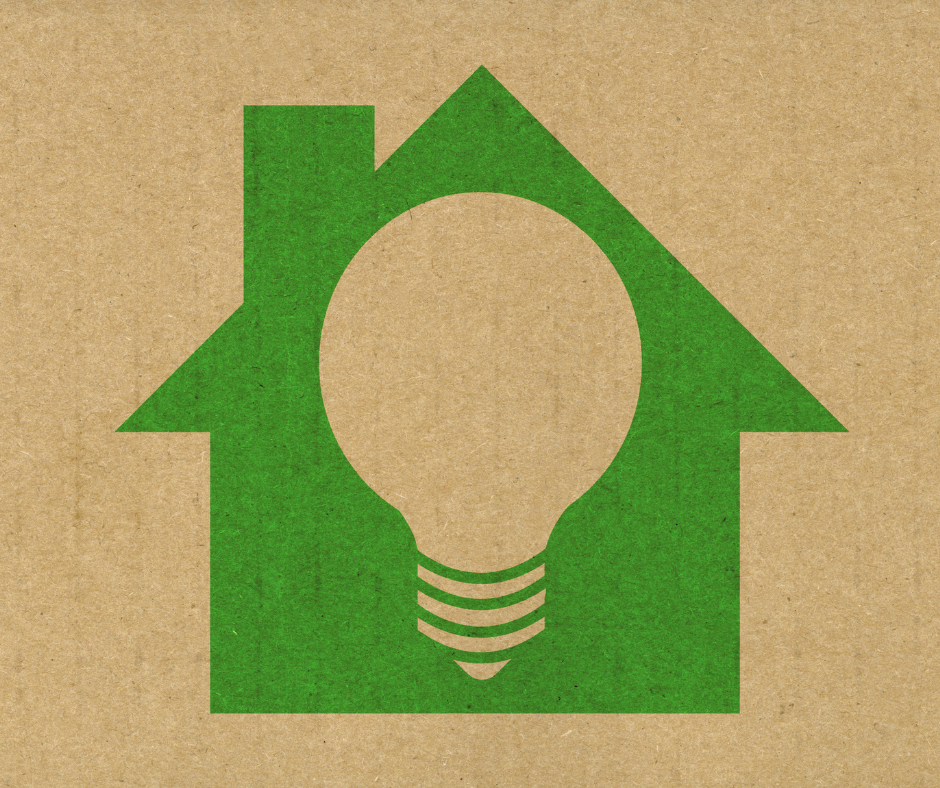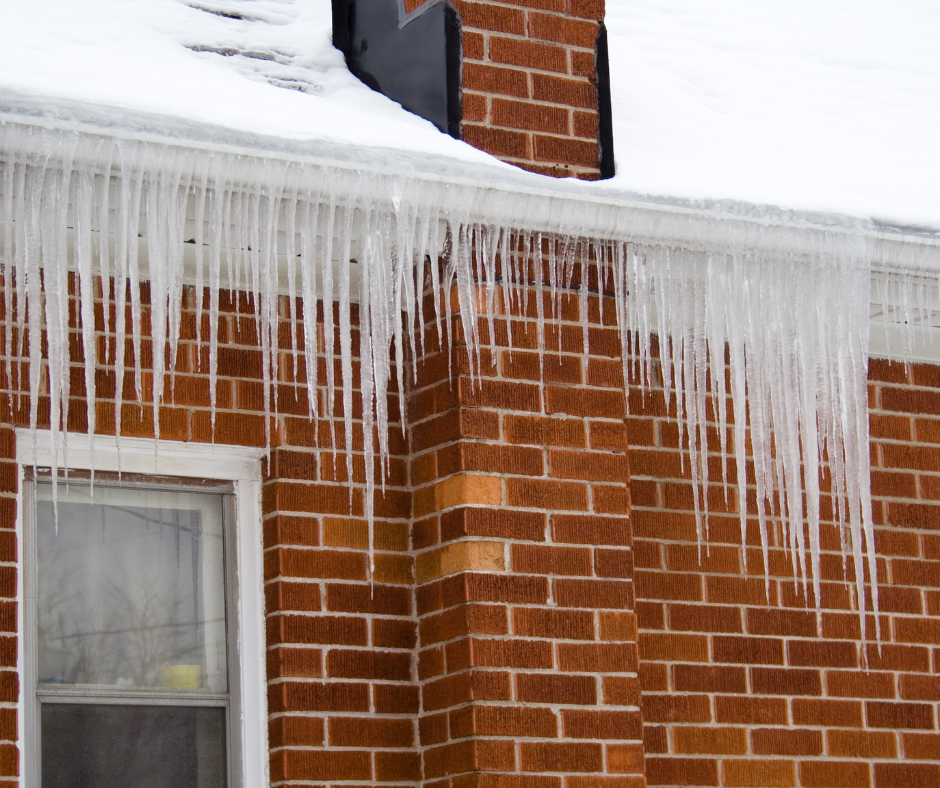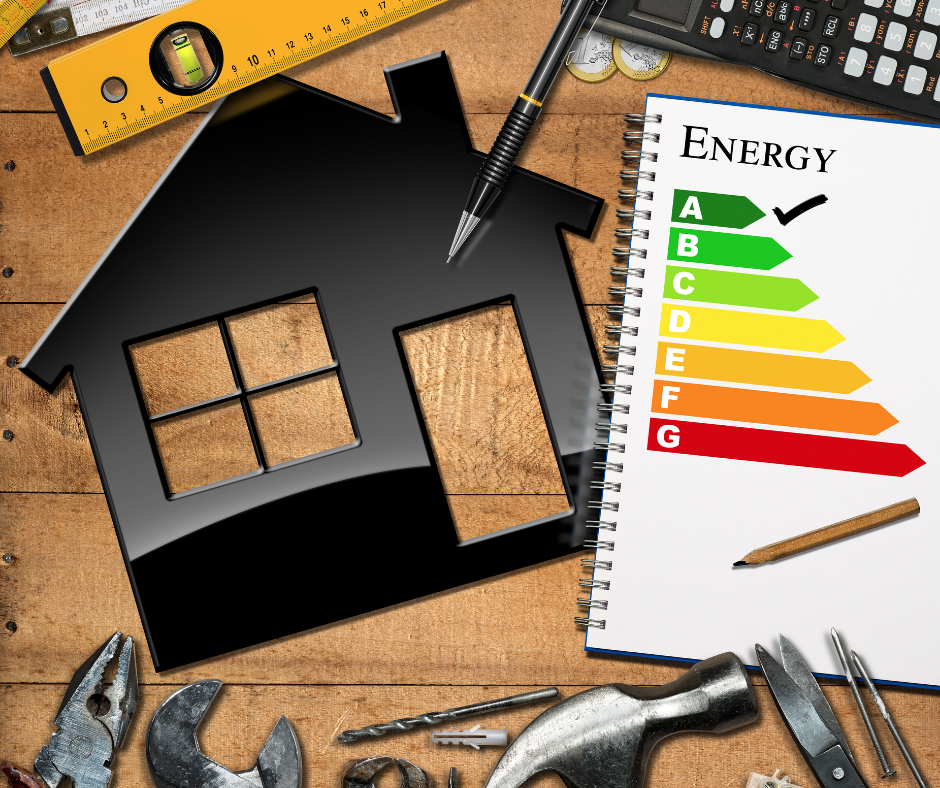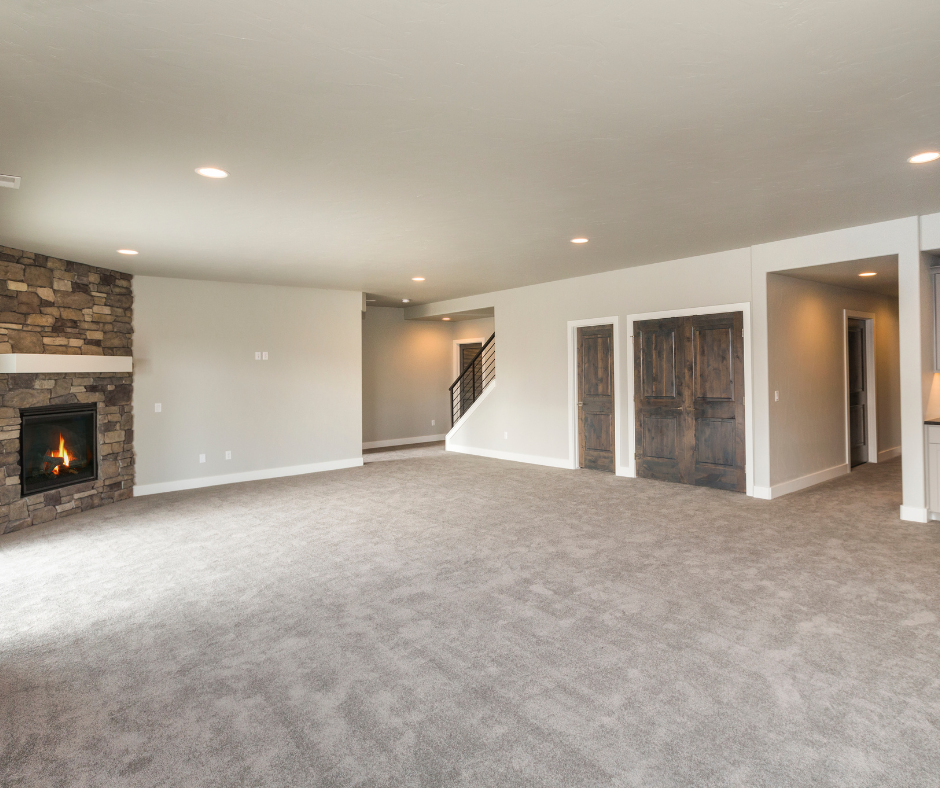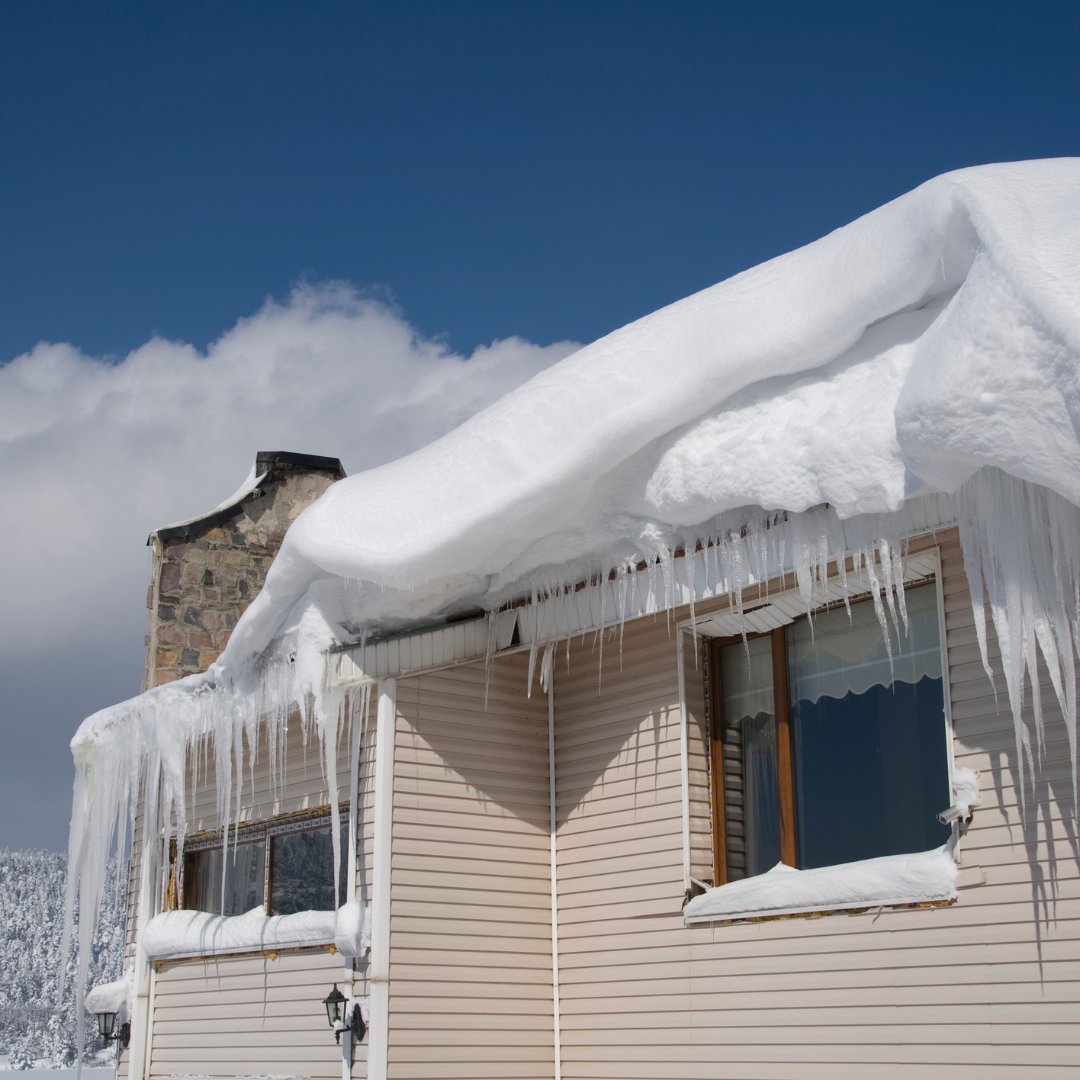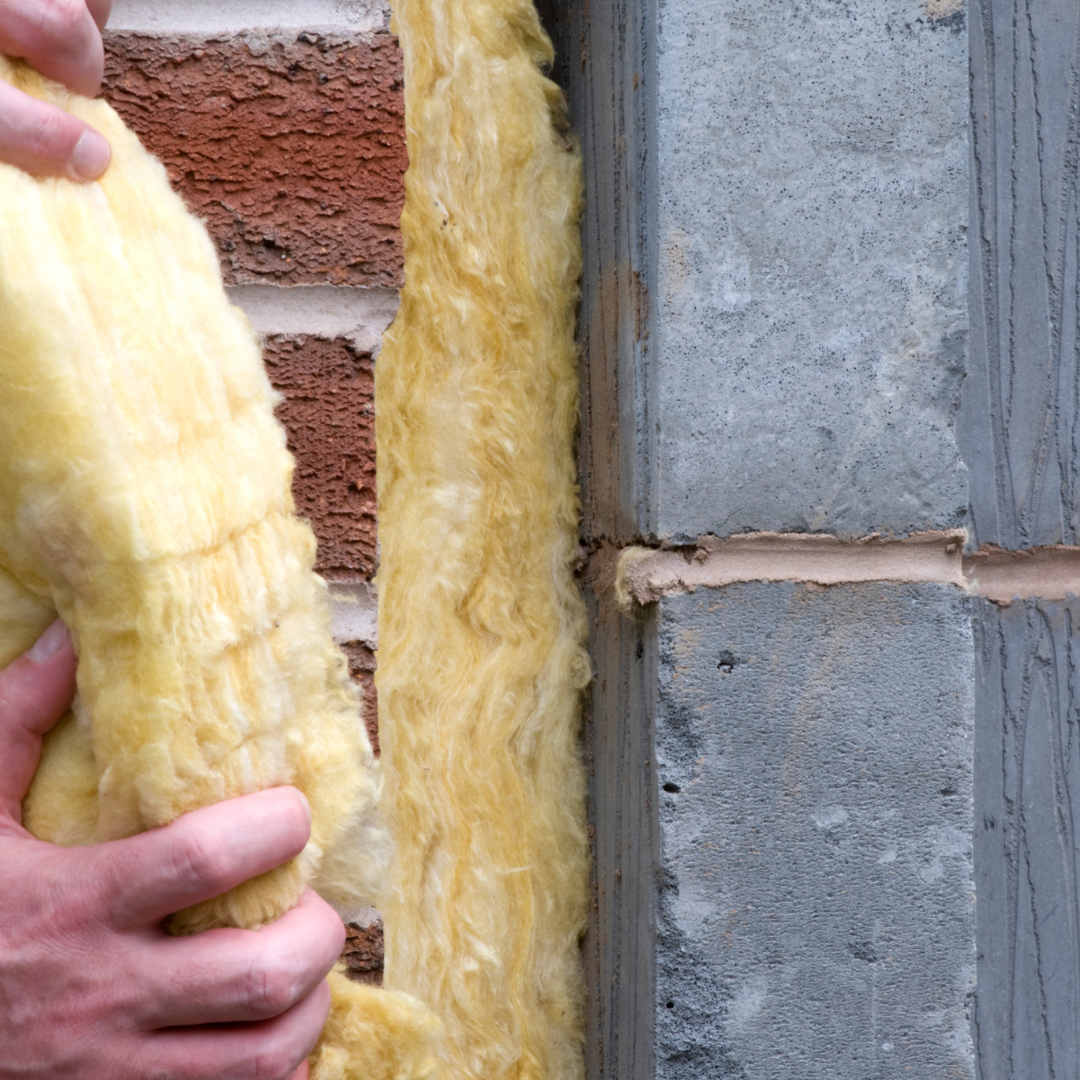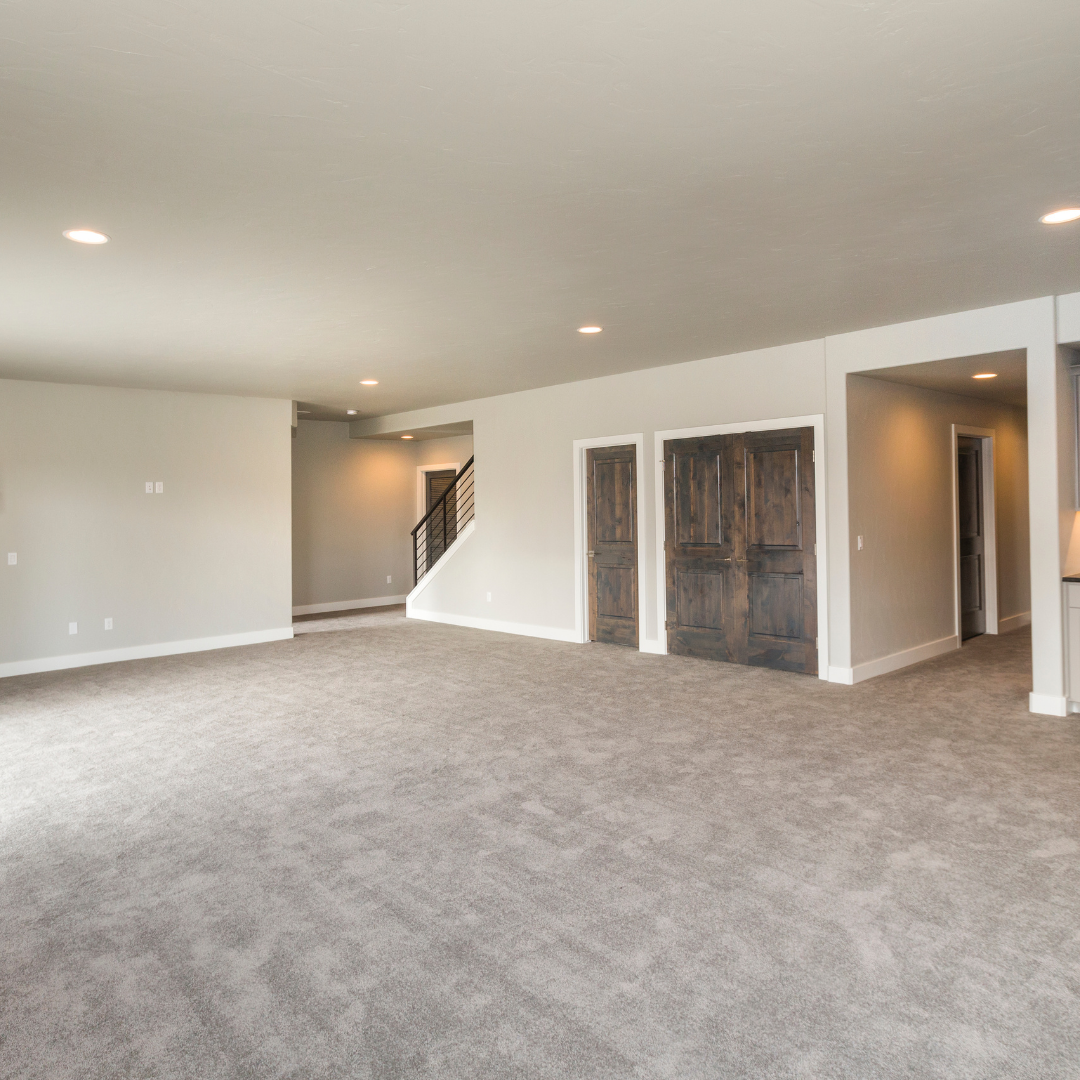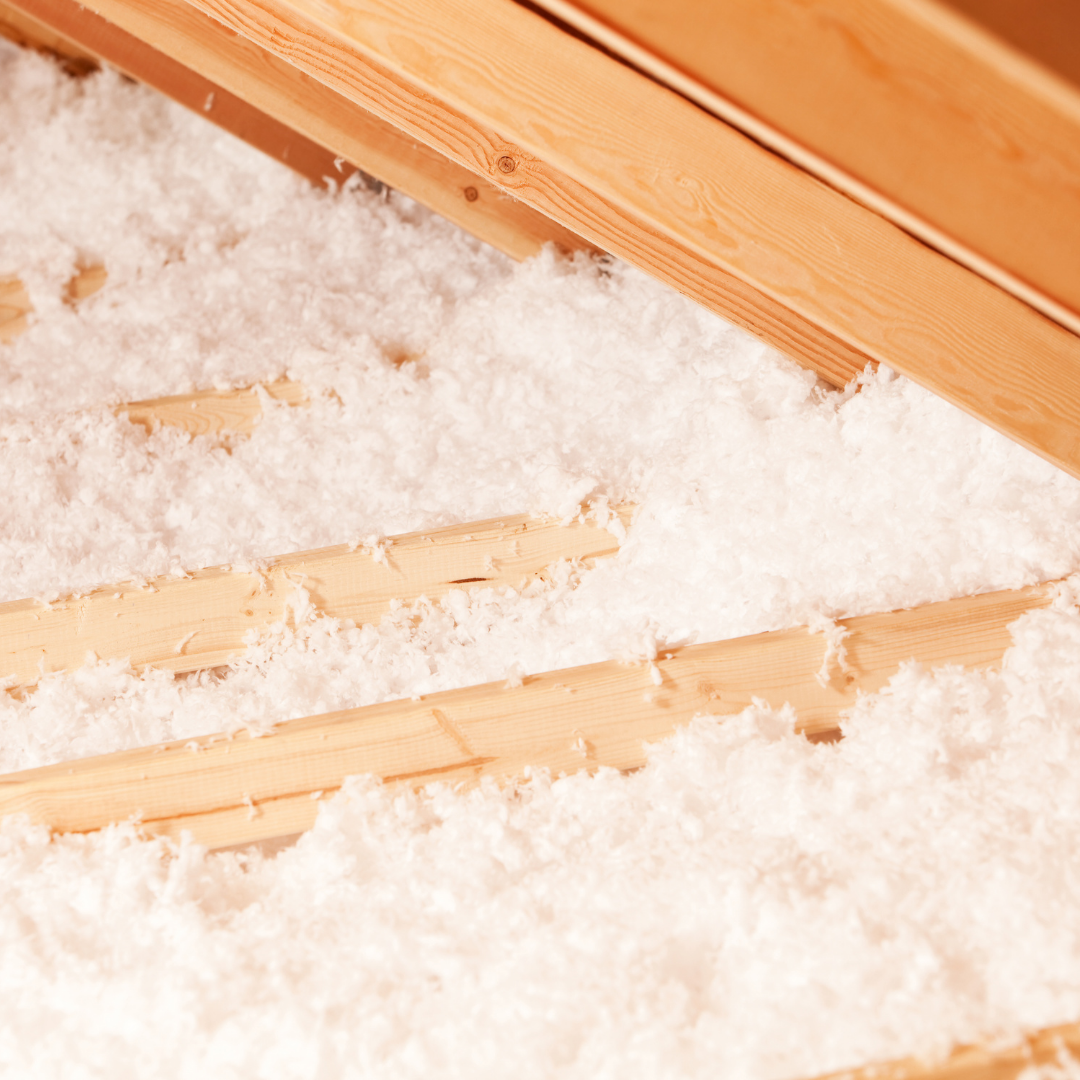Insulation is a crucial part of keeping your attic and thus the rest of your home cool and well regulated. The most popular insulation can be found in your attic. Here’s a guide to understanding some of the basics of attic insulation.
What is attic insulation?
Insulation can be placed anywhere, but it is usually used in attics. It prevents heat transfer by reducing the temperature difference between the warm house air and the roofing material. This keeps you cool in summer because your roof doesn’t get as hot. It also keeps you warm in winter because your roof doesn’t lose as much heat. With the attic being a big determining factor in your house’s overall temperature, insulating means keeping the rest of the house at a reasonable temperature during hot and cold seasons.
Types of attic insulation
Most attic insulation comes in two types – fiberglass or cellulose.
Fiberglass insulation is a popular type of insulation. It has been the most common attic insulation since its invention in 1938. Fiberglass also comes in two forms: loose-fill and batts/rigid rolls. Loose-fill is made of fiberglass and resembles the insulation that is blown into your attic and is available with a reflective foil covering. Batts/rigid rolls are made of compressed fiberglass and come in different thicknesses.
Cellulose attic insulation is another popular attic insulation material. It comes from recycled newspaper, wood pulp, or other plant-based materials. It is often blown into the attic by a machine, but sometimes it can be poured in too.
Do I need attic insulation?
If you don’t already have attic insulation, you should get it to reduce your energy bills! Insulation does a lot more than just saving a few dollars on energy bills. It also reduces the amount of air leakage and heat loss in your attic and prevents damage from mold, water, and mildew! Another less significant benefits of insulation include noise reduction. Let the outside world remain outside with proper insulation.
So let’s recap that;
- reduce energy costs for heating and cooling
- reduces outside noise
- prevents damage to houses due to water leakage, mold, mildew
Cons of not installing attic insulation
- wasted money on energy bills for heating/cooling unused space in the house
- It contributes to global warming by wasting energy through air infiltration.
Are you looking to make a move and get your attic correctly insulated? Get the best attic insulation Ottawa has to offer! Then, don’t waste any more time! Instead, go to our website and get in touch with us about a free estimate. Ottawa Insulation is ready to chat with you about your insulation ambitions.

